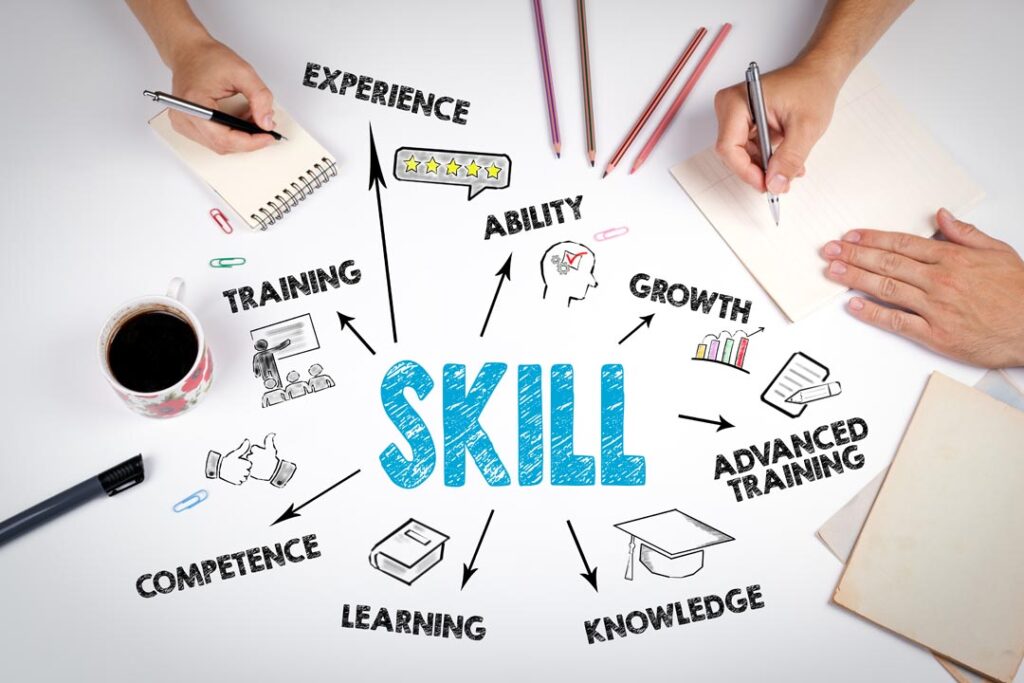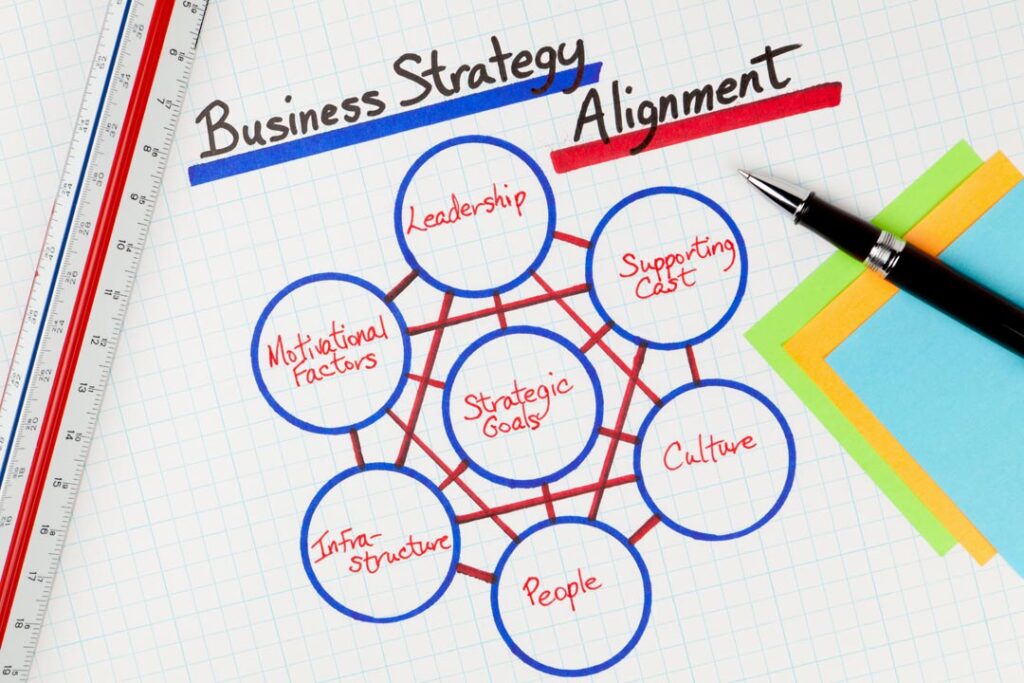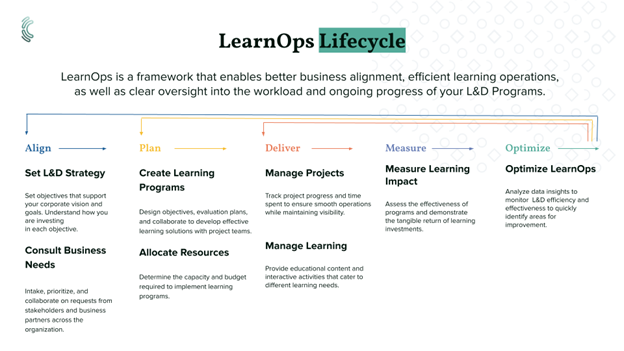Exploring the job market for job seekers and those in hiring roles, four L&D experts share their experience and suggestions in this detailed feature
As the year 2023 unfolded, the Learning and Development (L&D) job market underwent a profound transformation. The pandemic catalysed a shift in work environments and learning modalities, challenging the traditional in-person training model and giving rise to a more flexible, multi-faceted approach to professional development.
L&D professionals need to acquire a deep understanding of business strategies
Statistics indicate a diversification in training modalities, with a notable distribution: 32% in-person, 38% virtual instructor-led, and 31% self-paced, reflecting a significant departure from the pre-pandemic emphasis on face-to-face learning. L&D professionals are adapting to these changes by enhancing their competencies in project management, communication, and virtual delivery, among others.
However, challenges persist, with a reported scarcity of resources to meet the expanding needs of workforce development. Additionally, the time allocated for learning is shrinking, with employees typically finding less than 30 minutes per week to dedicate to skill-building.
In response to these evolving dynamics, L&D professionals are prioritising the development of key skills such as empathy, trust-building, effective communication, conflict navigation, and adaptability. As we gaze into the future, it’s clear that the L&D job market will continue to be shaped by these trends, with a growing need for strategic, agile professionals who can navigate and capitalise on the ongoing changes.
In this article, you’ll hear from four industry experts on how L&D professionals, whether they’re hiring or job seeking, can navigate the learning talent field in 2024 and beyond:
- Dr. Keith Keating, Chief Learning Officer at BDO Canada
- JD Dillon, Chief Learning Officer at Axonify
- Debbie Richards, Chief Technology Officer at Creative Interactive Ideas
- Ryan Austin, CEO at Cognota
The now of L&D jobs: trends and truths
The L&D job market in 2023-2024 reflects a landscape of transformation and adaptation, significantly influenced by economic conditions and technological advancements.
JD Dillon captures the essence of the current economic influence on L&D, remarking, “Economic shifts directly impact L&D. Unfortunately, this has resulted in layoffs and cost cutting as businesses deal with inflationary pressures and ongoing recession fears.” He observes a notable decrease in job openings, contrasting sharply with the hiring surge in 2021. “Reductions in hiring and headcount typically lead to reductions in L&D resources. Plus, when people are asked to do more with less, they have less time for non-essential activities. This means less time for traditional L&D programs. There just aren’t enough minutes left in the day to focus on professional development.”
In response to these economic and hiring trends, Debbie Richards underscores the critical need for nurturing internal talent. She suggests, “In the current climate, where recruitment is complex… it is even more important to focus on retaining and retooling the talent you do have.” Stressing the urgency for businesses to identify and swiftly close talent gaps, Debbie advises designing and implementing training programs that target identified skill gaps, and adapting to emerging trends and technologies.

Amidst these economic and operational challenges, Ryan Austin draws attention to the evolving role of digital proficiency.
“In 2023, we were witnessing a pivotal moment in the L&D job market.” Austin points to the increasing demand for roles that are not just digitally literate but can innovate with digital tools. “This is where Learning Operations becomes crucial – it’s about bringing operational excellence into the learning environment,” he says. When L&D professionals embrace these trends, they can effectively leverage them for creating impactful and accessible learning solutions.
“It’s important to seek out new avenues when it comes to finding job opportunities in more turbulent times,” says Austin. “Free job boards dedicated to learning and development like LearnOps 360 make it easy to find the best roles in the industry.”
These insights paint a vivid picture of the L&D job market in 2023. The economic downturn has led to reduced job openings and a shift in work dynamics, while the growing importance of digital tools and strategies in L&D roles is undeniable. The need for internal talent development and the integration of operational excellence into learning processes have become more crucial than ever. As L&D professionals navigate this changing landscape, staying agile and informed remains key to thriving.
Evolving skills and competencies
The L&D landscape is undergoing significant transformation, with new skills and competencies emerging as pivotal for future success and it can be a challenge to know which an L&D professional needs in order to succeed in 2024.
Dr Keith Keating emphasises the urgency of the L&D skills evolution, stating, “The transformation from order takers to trusted learning advisors is not just pivotal—it’s imperative for the future of talent development.” HR and L&D professionals are set to play a critical role in today’s technology-driven business landscape.
Corporate spending is likely to remain limited in 2024
“In today’s rapidly evolving business landscape, characterised by the Fourth Industrial Revolution and profound technological advancements, the role of HR and L&D professionals has never been more critical,” Keating says, stressing the need for learning professionals to move beyond passive roles and actively shape organisational strategy.
In terms of market dynamics and technology, JD Dillon offers insights into the ongoing changes. “Corporate spending is likely to remain limited in 2024,” he notes, citing factors like increased costs and instability. Automation and the impact of technology are likely to have an impact on job roles across the board. “This will further reduce the need for training resources. Plus, these same efficiencies will start to be gained within L&D as AI shifts from experimentation to value-add capability.” He predicts significant changes in L&D roles, especially in content development and administration.
Debbie Richards speaks to the importance of skills assessment within organisations. “Competence in assessing and identifying skill gaps within the organisation is essential,” she explains, “This requires understanding current and future needs, aligning them with organisational goals, and recognising where skill shortages might hinder progress.”
Echoing the sentiments of embracing new technologies, Ryan Austin observes a shift in the required skill set for L&D professionals. Austin sees L&D professionals playing a crucial role in aligning learning initiatives with business objectives, signifying a strategic shift in their roles.
“We’re seeing an undeniable surge in the need for digital literacy and data analytics expertise,” Austin remarks. “It’s no longer just about creating and delivering content; it’s about understanding how learning leads to business outcomes and measuring performance.”
The evolving skills and competencies in the L&D sector reflect a broader shift towards strategic, technology-driven approaches. Insights from the experts highlight an industry at a crossroads, where adaptation and strategic alignment are key to navigating the future successfully, from entry-level talent development roles right up to the Chief Learning Officer.
As we explore the evolving skills and competencies necessary for L&D professionals in 2024, a key consideration is how they can operationalise their strategies effectively. Enter the LearnOps Lifecycle, a framework that encapsulates the critical operations and strategic thinking skills that are becoming increasingly essential in the L&D toolkit.
Learning Operations represents a holistic approach to ensuring L&D initiatives are not only designed and delivered effectively but also continually assessed and refined. It’s a cycle that starts with alignment to business objectives, moves through planning and delivery, and loops back through measurement and optimisation.
Source: Cognota
Embracing the LearnOps Lifecycle means L&D professionals are developing:
- Strategic alignment skills:
Focusing on setting L&D strategies that support and enhance corporate goals. - Resource planning abilities:
Efficiently allocating resources and creating impactful learning programs. - Project management expertise:
Overseeing the smooth delivery of L&D projects with a keen eye on operational excellence. - Analytical thinking:
Measuring the impact of L&D efforts and using data to drive decision-making. - Continuous improvement processes:
Optimising L&D operations based on measurable outcomes and insights.
Incorporating the LearnOps principles into their skill set not only prepares L&D professionals for the demands of 2024 but also positions them as strategic partners within their organisations, capable of driving learning initiatives that yield tangible business results.
The future outlook for 2024 and beyond
As the L&D field looks at 2024 and beyond, major shifts in the evolving job market and the role of emerging technologies are set to play a pivotal role.
Dr. Keith Keating emphasises the critical juncture at which the L&D industry finds itself. “We are at a crossroads where technology, especially AI, is reshaping the corporate landscape,” he states. Keating argues that L&D needs to transition from being “order takers” to strategic partners who are integral in driving business results and adapting to technological advancements. “This transformation is vital to ensure that we’re equipping our workforce for the ever-evolving challenges of the future,” he adds.
JD Dillon highlights the necessity for L&D to redefine its role in the AI-enabled workplace. “We must rethink the role L&D plays in this new version of work. We must be able to scale and flex our learning and support offerings to meet the changing needs of our workforce. This requires a shift from program-based L&D to systems-based L&D,” Dillon advises. He points out that this shift is essential to adapt to how work is evolving through technology and the changing role of people within organisations.
The L&D job market is poised for some ground-breaking shifts
“The future demands a strategic focus on nurturing and evolving existing organisational talent,” says Debbie Richards, speaking to the strategic focus needed to nurture organisational talent. “Organisations can empower their leaders to create a continuous learning, adaptability, and growth culture, ensuring their workforce remains equipped with the skills necessary to thrive in the ever-evolving business landscape.”
Ryan Austin provides insights into the anticipated changes in the L&D job market. “As we look at 2024 and the years that follow, the L&D job market is poised for some ground-breaking shifts,” Austin predicts. He foresees AI and automation becoming central to L&D infrastructure. “This technological integration will reshape L&D roles, requiring a blend of tech-savviness and knowledge,” Austin elaborates, emphasising the importance of agility and continuous learning for L&D professionals in this evolving landscape.
The L&D job market is expected to be significantly influenced by technological advancements, particularly within learning operations, AI, and automation. Perspectives converge on the need for L&D to evolve into a more strategic, technology-integrated, and adaptive function. Preparing for these changes will be crucial for L&D professionals to remain effective and relevant.
Strategies for L&D professionals
There’s no doubt that the learning job market is in flux. But what can L&D pros and leaders do about attracting and retaining talent in this field while navigating budgets that are under constraint, and technology that is fundamentally altering the industry?
“As we navigate into 2024, the landscape for L&D professionals is rapidly evolving, demanding a shift from traditional roles as order-takers to becoming strategic business partners, or what I term ‘Trusted Learning Advisors’,” says Dr. Keith Keating. He advises L&D professionals to acquire a deep understanding of business strategies while maintaining a commitment to developing skills in areas like data analytics, strategic consulting, and human-centric design. “The future of L&D hinges on our ability to adapt, innovate, and align learning strategies closely with organisational goals,” he explains.

JD Dillon stresses the importance of being adaptable and skilful in the face of evolving workplace technologies. “It’s up to every L&D pro to assess their roles and determine what skills will be needed to provide value in the modern workplace,” Dillon states. He highlights the need to apply AI-enabled tools and integrate technology and data-informed insights with operational systems. Reflecting on the impact of AI, Dillon notes, “AI may not displace L&D directly. But organisations are already leveraging this technology to adapt their models and shift how work gets done. L&D can either take part in this evolution or allow it to impact us.”
Ryan Austin says, “Focus on proactively building a robust skill set that combines technical knowledge with an understanding of effective learning principles”. He underscores the importance of staying informed about the latest technologies and learning theories. “Engage actively with the L&D community [such as this one from LearnOps], attend conferences, join professional groups, and don’t underestimate the power of social media as a learning and networking tool. By staying curious and connected, L&D professionals can not only adapt to the changing job market but thrive in it.”
To navigate the shifting tides of the L&D job market, professionals must embrace a transformative approach. This means stepping beyond traditional roles to become strategic contributors and innovators within their organisations. By honing skills in data analytics, strategic consulting, and technology integration, and by engaging deeply with the L&D community, professionals can remain at the forefront of this evolving field. The key lies in being proactive. In doing so, L&D professionals can effectively lead their teams through the challenges of budget constraints and technological shifts, ensuring their place as indispensable assets in the future—not just the future of learning and development, but the pinnacle of organisational success.
Key takeaways
As we reflect on the insights and predictions shared by industry leaders in the L&D field, a few key takeaways stand out, shaping the trajectory of the L&D job market in 2024 and beyond:
- Adaptability and continuous learning:
The L&D industry is rapidly evolving, making adaptability and a commitment to continuous learning essential for professionals in this field.
- Embracing technology and innovation:
With the increasing influence of AI and automation, L&D professionals must develop skills in these areas and understand how to integrate these technologies into learning strategies effectively.
- Strategic alignment with business goals:
The transition from traditional L&D roles to strategic business partnerships is vital. Professionals must align learning initiatives with broader business objectives to demonstrate their strategic value.
- Networking and community engagement:
Building a robust network within the L&D community and staying informed about industry trends and best practices is crucial for career development and staying relevant in the job market.
- Proactive skill development:
Focusing on skill enhancement in areas like data analytics, strategic consulting, and human-centric design is imperative for future success in the L&D field.
As the L&D landscape continues to shift, these insights provide valuable guidance for professionals looking to navigate and succeed in this dynamic environment. For those seeking new opportunities in L&D, resources are available to support your journey.
Dr. Keith Keating is Chief Learning Officer at BDO Canada
JD Dillon is Chief Learning Officer at Axonify
Debbie Richards is Chief Technology Officer at Creative Interactive Ideas
Ryan Austin is CEO at Cognota





